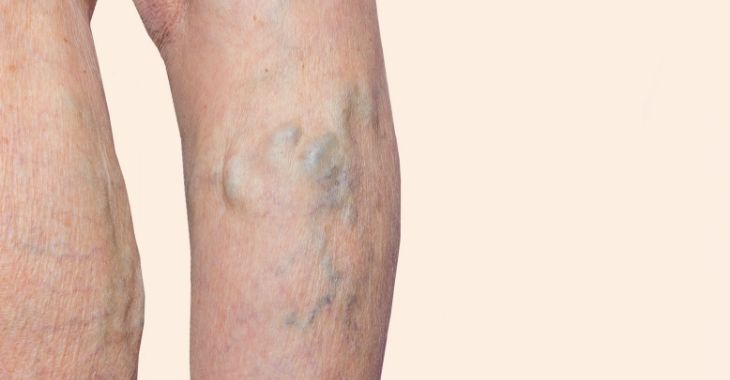Winter Sclerotherapy for Spider Vein-Free Legs this Summer

The dark blue or purple varicose or “spider” veins that appear on the lower legs are often not a welcomed occurrence. Years of spending time on your feet, aging, weight gain and other factors can contribute to the appearance of spider veins. While most varicose veins are not harmful, they can make your legs look older and less attractive. If you hide your legs during the summer due to embarrassing spider veins, winter is the time to consider treating them with sclerotherapy.
What is Sclerotherapy?
Spider veins can be removed without any damage to your circulatory system. One of the options to treat varicose veins is sclerotherapy. This treatment uses a sterile solution that is injected into the varicose veins you want removed. The solution works to disintegrate the veins, which are reabsorbed by the body as the vein walls collapse. The treatment can be performed by a dermatologist in a clinic visit, usually in about twenty minutes in two to four sessions, depending on the number of veins that are being treated. There is no downtime or recovery needed after the treatment and very little discomfort associated with the procedure.
Winter is a great time to have sclerotherapy to rid your legs of unsightly spider veins. The procedure can be performed during the cooler months when your legs are already covered. In the weeks after your sclerotherapy, the spider veins will slowly disappear. By summer time, you can have legs that are free from spider veins that you can feel confident to bare in shorts or skirts. Contact your local dermatologist to learn more about sclerotherapy to find out if it is the right treatment for your varicose veins.
Posted on behalf of:
Kayal Dermatology & Skin Cancer Specialists
141 Lacy Street, Suite 200
Marietta, GA 30060
(770) 426-7177
The information provided on this website, including text, graphics, images, and other materials, is intended solely for informational purposes and should not be used as a substitute for professional medical advice, diagnosis, or treatment.
)